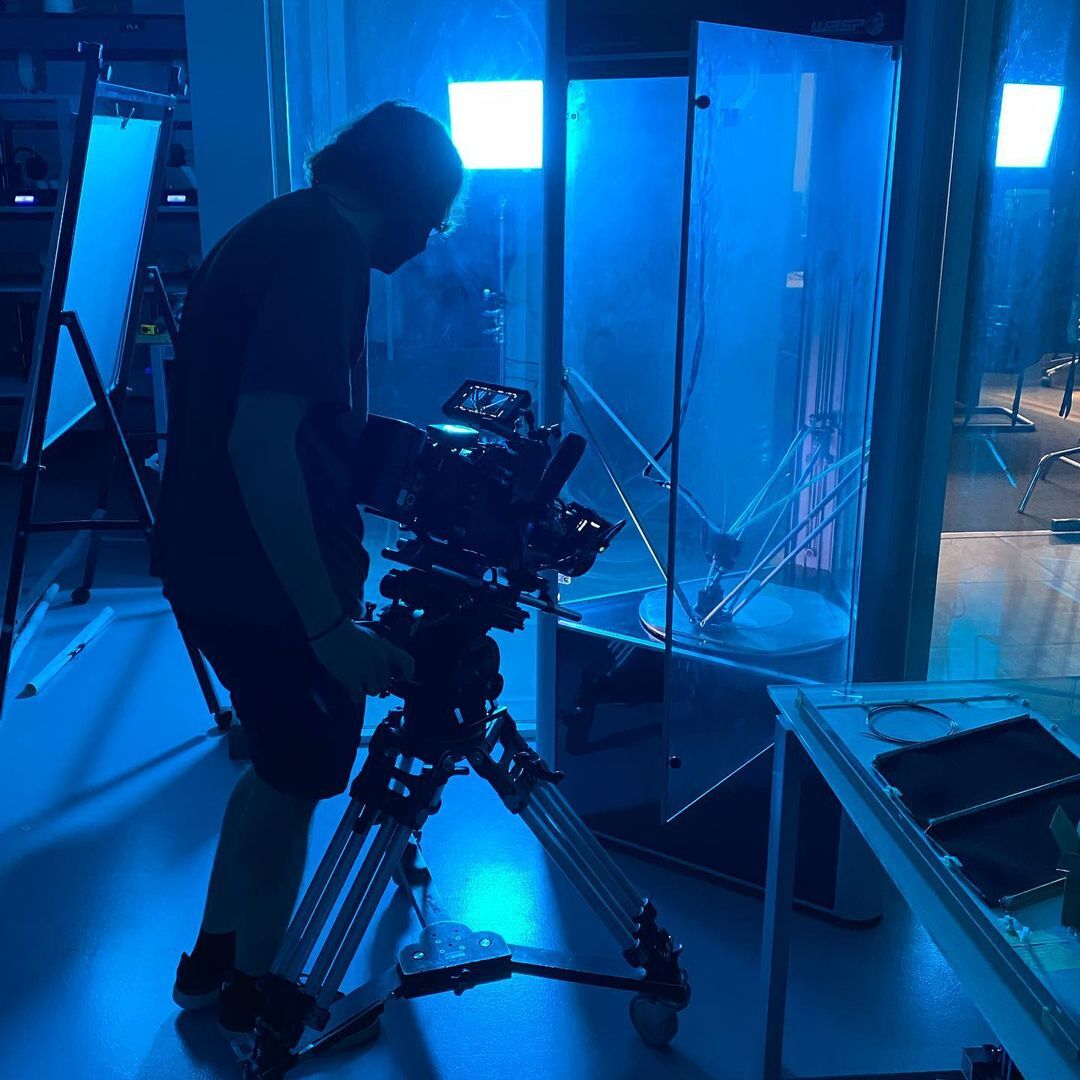Top 3D printing file formats: Which one is best for your project

3D printing is increasingly becoming popular for business around the world as the technology becomes more efficient and accessible. It helps build higher-quality products by allowing designers to produce product archetypes easily and bridging the gap between prototyping and full-scale production. What’s more, it dramatically reduces material wastage and helps firms make personalized, complex-shaped objects for a lower cost.
Currently, there are over 30 file formats for 3D printing, which can make it very confusing to decide which one is right for you and your work.
To help you out, let the Proto21 3D printing experts in Dubai guide you. Read on to learn how 3D printing file formats work and which top 3D printing file format is best for your project.
How Do 3D Printing File Formats Work?
First and foremost, it is crucial to understand how 3D printing file formats work. At its core, a 3D printing file format is a way to cache data about your 3D model so that a 3D printer can read it and create your object. The file will include the necessary data to form your object — specifically, the shape and the geometry. Newer file formats are advanced enough as well to contain data related to color, texture, and materials.
Another consideration to make concerning which type of file format you are going to use is how big you want your 3D model to be, as the possible size is fully dependent on the technology/printer that is used. For example, the printing envelope capacity of Stereolithography (STL) is 14.5cm × 14x5cm × 17.5 mm.
Knowing which 3D printing file format you are going to use is vital since not all file formats can be read by 3D printing software. Additionally, not every 3D File can be printed 3D. Therefore, it is best to work with a top company that specializes in 3D designing for 3D printing because they will be able to ensure that your file format is appropriate for the 3D printing process. If it is not suitable, they will be able to fix it.
What Are Your Main Options?
As mentioned earlier, there are over 30 file formats for 3D printing available, but here are the three most commonly used.
1. STL
The de facto standard for consumer-grade 3D printing, STL (“stereolithography”) is a no-frills arrangement that creates the configuration of your object by establishing the coordinates of the points of all the triangles into which a surface can be subdivided. In use since the beginning of 3D printing, this type of 3D rendering only comprises a single color and can be used with desktop 3D printers.
As it is the most widely used 3D printing file format, STL can be utilized for rapid prototyping services and 3D printing for both amateurs and professionals alike. If the item you are printing only has one color or material, then you will want to use STL as it is the simplest option and has smaller file sizes and faster processing than other formats.
Additionally, STL is supported by nearly all 3D printers, and most 3D printable models that you will encounter on the internet will be in the STL file format.
However, if you do want to use color or have a high resolution, the STL file format is not going to be able to handle it.
2. OBJ
Currently, the main competitor to STL is the OBJ (Wavefront OBJect) file format which is able to store color and texture profiles. It is also praised for its ability to produce precise models and is, consequently, likely to become a standard 3D printing format soon. Therefore, if you want to employ multiple colors or materials in your 3D printing, then you are going to want to use either OBJ or VRML (listed below) for your project.
Similar to the STL format, the OBJ file format is presented in a simple and open form and produces files that are a lot smaller compared to other file formats for 3D Graphics. So, if you are creating 3D graphics without animations, OBJ is also your best option.
One downside: While the OBJ format does have reasonable adoption throughout the 3D printing community, it is nowhere near being universal.
3. FBX
Used widely in both the film and gaming industries, FBX is a popular choice for animation as it supports geometry and appearance-related attributes (such as color and textures). Furthermore, FBX is known for its exceptional support for skeletal and modified animations.
If you are considering using FBX (to print a video game figurine, for example), then it is good to know that both binary and ASCII files are supported.
4. STP
The choice for projects in engineering-related fields (such as automotive & aeronautic engineering and building construction), STP files render 3D objects in CAD software and include detailed information. STP can handle all the characteristics of the IGES format and is capable of encoding topology, algorithmic thresholds, and material properties such as textures and materials. In fact, STP files can hold data from the complete life-cycle of a product’s design.
Have you ever used a 3D printer? If so, what 3D printing file format did you use? What did you think of the experience? If not, are you interested in trying out 3D printing? Let us know your thoughts regarding this topic in the comments below, and get in touch with our expert team at Proto21 for any inquiries.














.svg)








